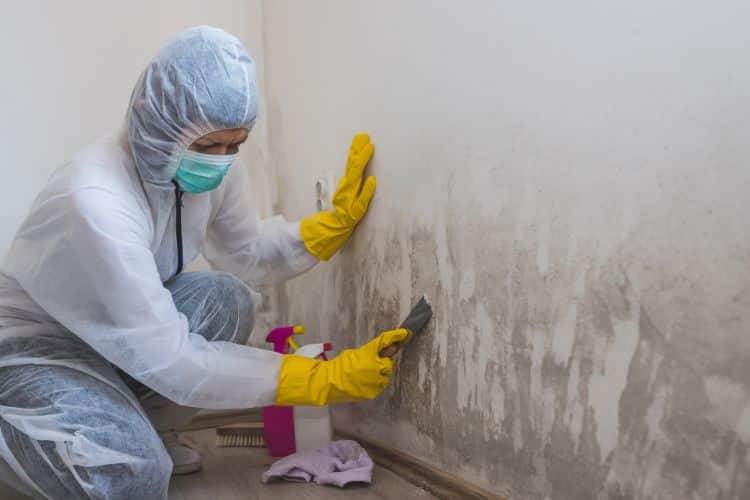Mold is a common concern for homeowners and property managers, posing potential health risks and structural damage. Early detection through comprehensive assessments is crucial for mitigating these risks and ensuring a healthy living environment. This guide explores the essential assessments for identifying mold issues, underlining the importance of professional evaluations and the steps involved in detecting and addressing mold growth effectively.
The Importance of Mold Assessments
Mold assessments are vital for uncovering hidden mold infestations that might not be visible to the naked eye. These evaluations help in understanding the extent of mold growth, the types of mold present, and the underlying moisture issues contributing to the problem. Conducting thorough assessments is the first step in developing an effective remediation plan.

Key Components of Mold Assessments
- Visual Inspection:
- The process begins with a comprehensive visual inspection of the property, focusing on areas prone to moisture and water damage, such as basements, bathrooms, and around plumbing fixtures.
- Moisture Mapping:
- Identifying the source of moisture is critical in mold assessments. Moisture meters and thermal imaging cameras are used to map out damp areas and detect hidden moisture behind walls and under floors.
- Air and Surface Sampling:
- Air sampling can determine the concentration of mold spores in the indoor environment, while surface sampling can identify the specific types of mold present on surfaces. These samples are analyzed in a laboratory for accurate identification.
- Professional Assessment Reports:
- The findings from the visual inspection, moisture mapping, and sampling are compiled into a detailed assessment report. This report outlines the extent of the mold issue, the species identified, and the recommended steps for remediation.
The Role of Professionals in Mold Assessments
- Expertise and Experience: Mold assessment professionals possess the knowledge, experience, and tools necessary to conduct thorough evaluations.
- Accurate Identification: Professionals can accurately identify mold types and the severity of infestations, which is crucial for effective treatment.
- Customized Remediation Plans: Based on the assessment, experts can develop a tailored remediation plan to address the specific mold issues identified.
Why Timely Mold Assessments are Critical
- Health Implications: Early detection and remediation of mold can prevent potential health risks associated with mold exposure, such as allergies and respiratory issues.
- Prevent Structural Damage: Timely assessments can prevent extensive structural damage caused by unchecked mold growth.
- Cost Savings: Addressing mold issues early can save property owners significant costs associated with extensive remediation efforts and property damage repairs.
Conclusion
Assessments to identify mold issues are an essential step in maintaining a healthy and safe living environment. By conducting thorough evaluations, property owners can take proactive measures to address mold growth effectively. Engaging professionals for mold assessments ensures accurate identification and the development of effective remediation strategies, safeguarding both the health of the occupants and the integrity of the property.




